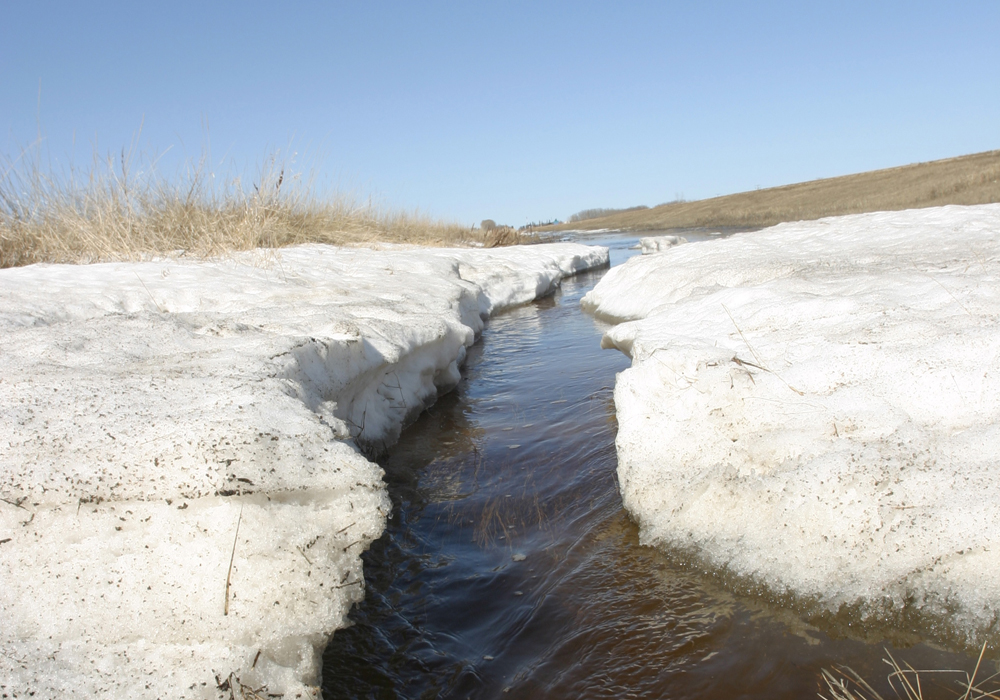Water Security Agency warns it’s still too early to predict a dry start to the province’s planting season
The lack of snowfall in Saskatchewan this winter has led to a below-normal spring runoff forecast.
However, Water Security Agency spokesperson Patrick Boyle said there are still too many variables to predict a dry start to the planting season.
“The wet fall has kind of balanced out the lack of snowfall and in March we can still see quite a bit of precipitation, even April,” he said March 5 when the agency released its forecast.
Of greater concern at this point is agricultural water supply for cattle, he said. If dry conditions persist there could be some shortages, particularly in the area expecting the least runoff.
Read Also

New Alberta funding for program hopes to further unlock agritourism industry in province
Alberta Farm Fresh Producers Association is launching a new initiative thanks to $300,000 of provincial funding to bolster Alberta’s smaller scale family farms and agritourism sector.
A band from Moose Jaw to Lucky Lake and Leader and southeast to between Assiniboia and Weyburn is forecast to see well below normal runoff.
Most of the province should see below normal runoff, including the northern forested area and most of the grain belt.
Areas south of the Trans-Canada Highway should see normal runoff, while three small pockets in the extreme southwest, south-central and southeast could see above normal runoff because those areas have received snow.
Boyle said the agency forecast assumes normal conditions going forward. Last fall’s excessive moisture in some areas should actually contribute to adequate soil moisture in most regions for the spring.
Water supplies in the province’s major reservoirs should be adequate, and most recreational lakes should see “desirable” operating levels.
However, Last Mountain, Pasqua, Echo and Crooked lakes in the Qu’Appelle Valley are all expected to be lower than desirable.
The full runoff report, as well as other information, can be found at wsask.ca.

















